RARE! Operation Market Garden "DROP ZONE N" 82nd Airborne Division CG-4A Waco Glider Fabric Found in U.S. Foxhole - Battlefield Recovered

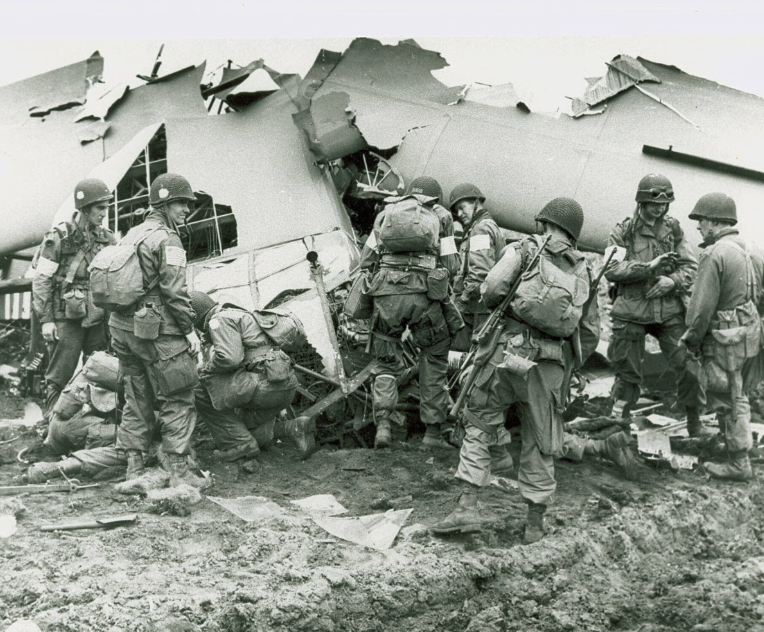
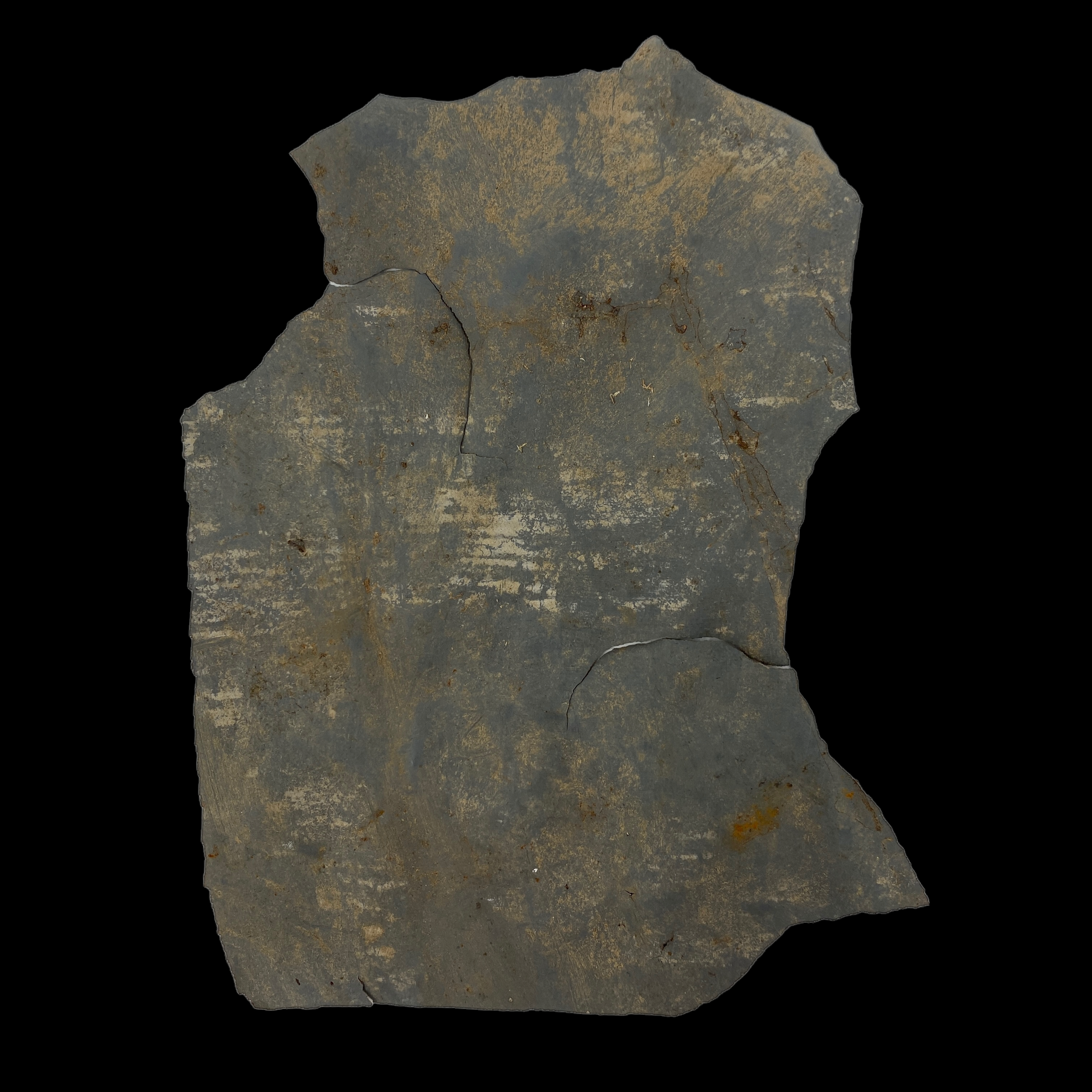
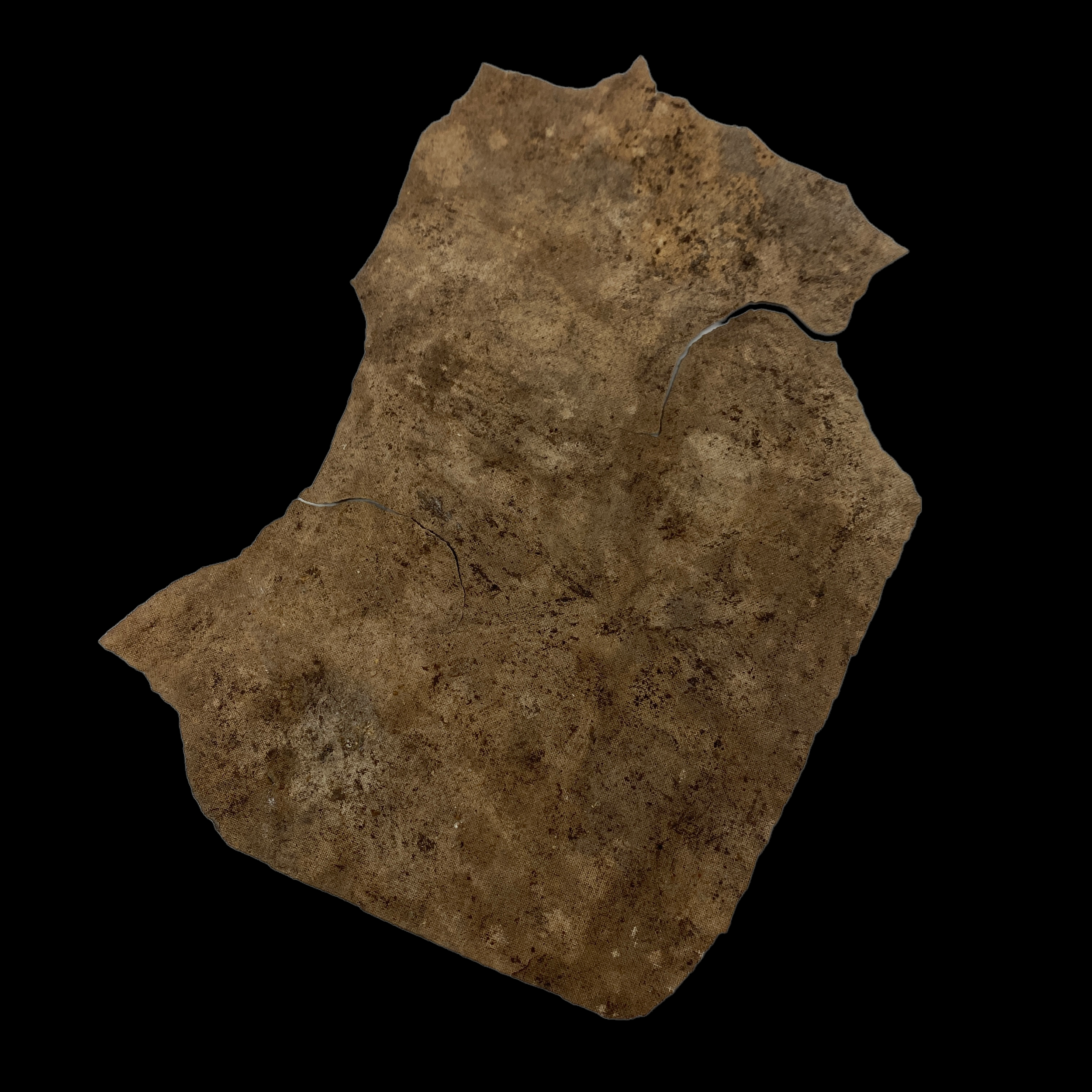
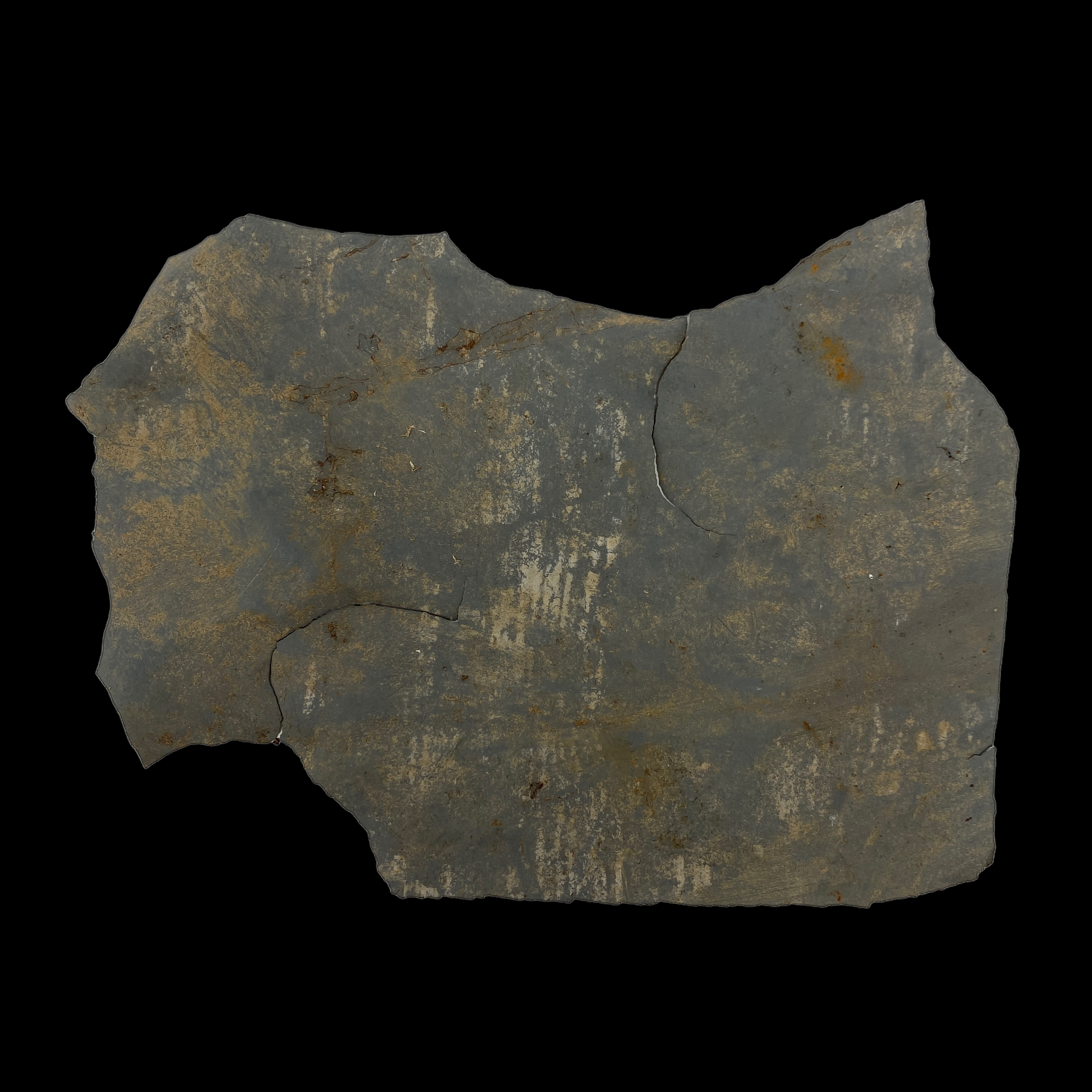
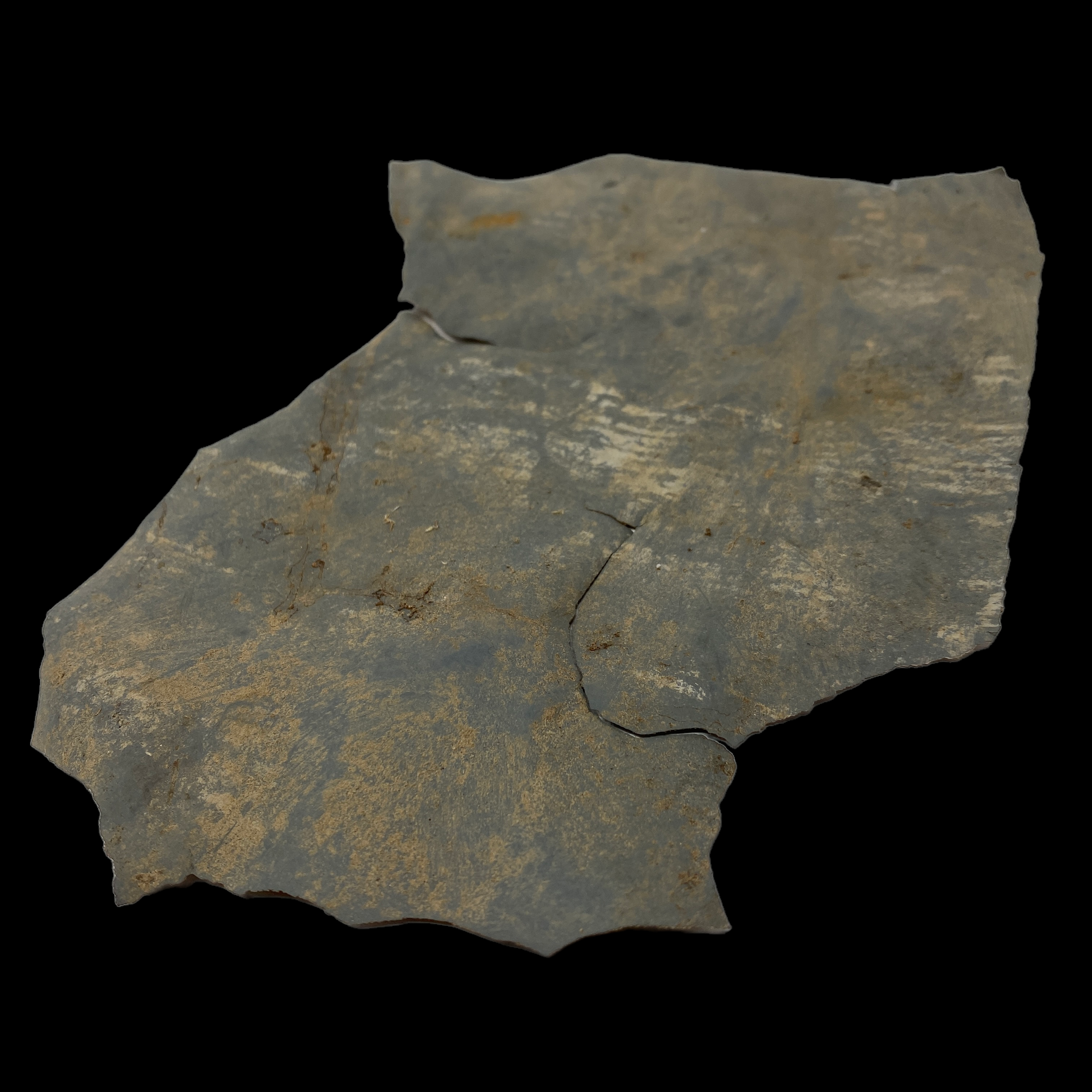
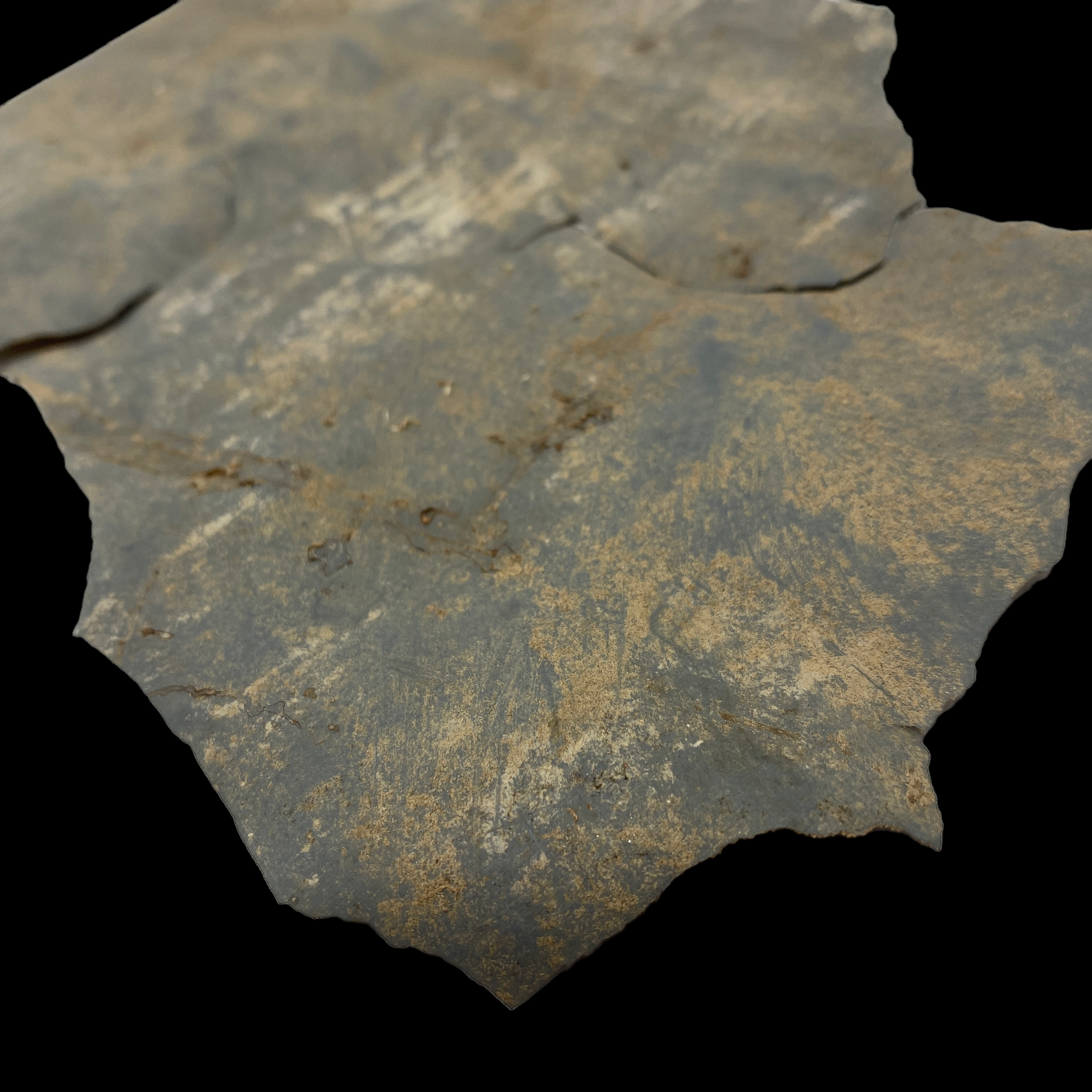
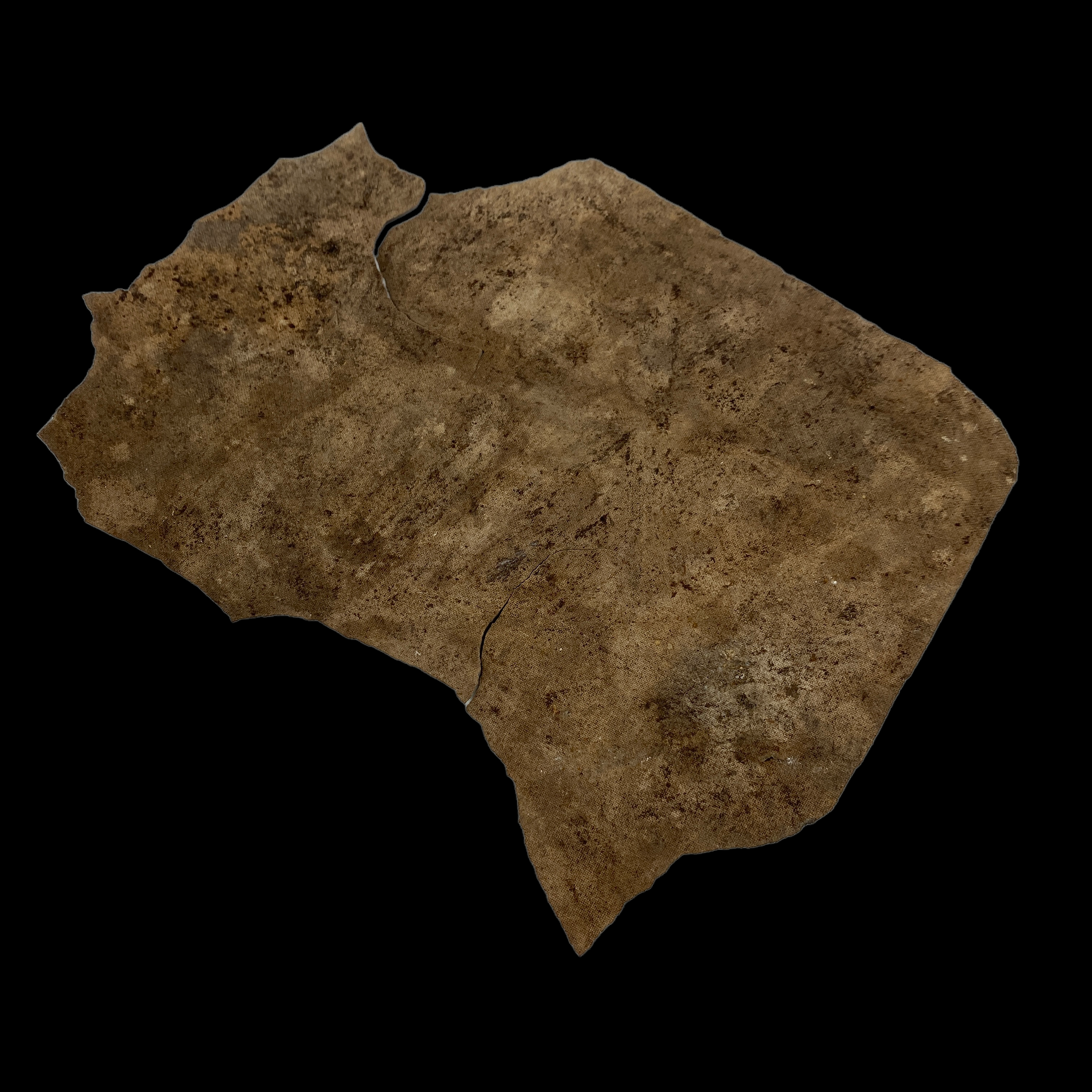
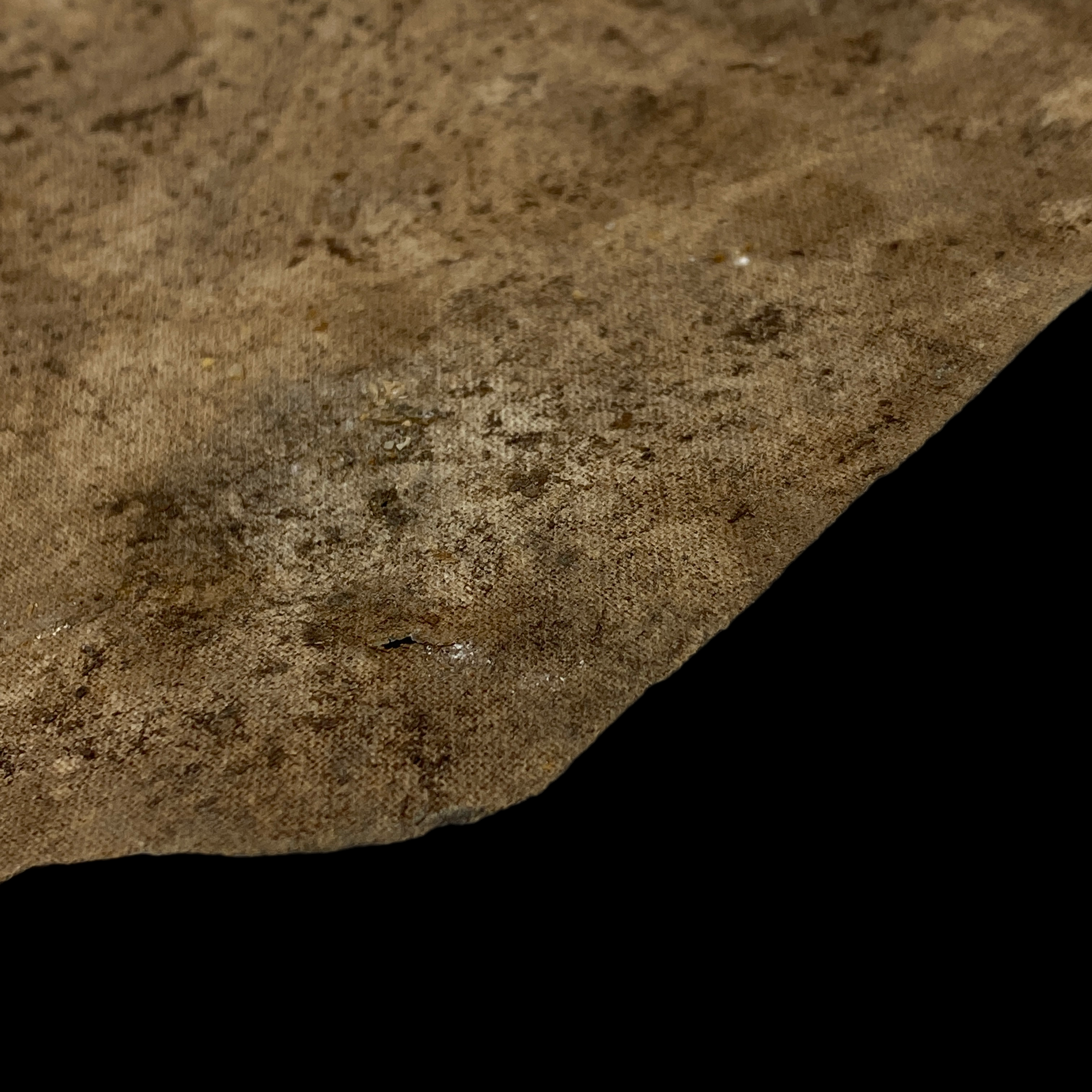
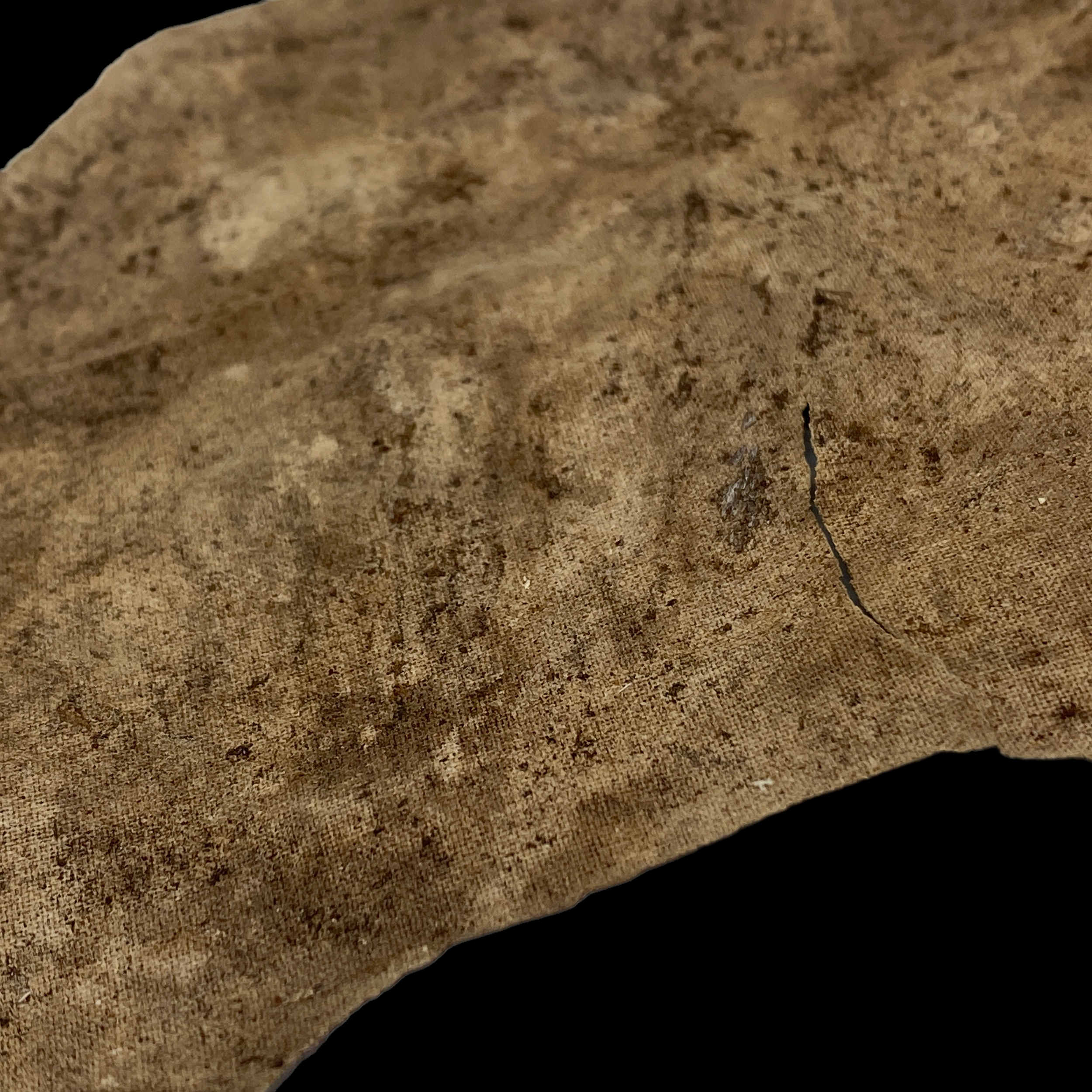


RARE! Operation Market Garden "DROP ZONE N" 82nd Airborne Division CG-4A Waco Glider Fabric Found in U.S. Foxhole - Battlefield Recovered
Comes with hand-signed C.O.A.
Size: 7 inches long x 5 inches wide
Will come fully protected and ready to display in a complimentary RIKER BOX display case.
This extremely rare and museum grade-artifact is an Operation Market Garden battlefield recovered camouflage fabric section off a CG-4A Waco glider. This CG-4A Waco glider fabric was recovered near the 82nd Airborne Division’s DROP ZONE NAN and was discovered inside a formed U.S. foxhole.
It is historically documented that after landing soldiers would salvage large fabric sections of the CG-4A Waco glider to use as rain shelter over a foxhole, fire starter, or makeshift blanket to keep warm. By examining the camouflage and invasion paint on this fabric section, we believe this fabric was cut from the wing of the CG-4A Waco glider. Due to the location where this glider fabric was recovered, we believe that this glider fabric was from the glider that carried the 320th Glider Artillery Battalion, 82nd Airborne Division to Holland during Operation Market Garden.
On the 18th and 19th of September 1944 the 320th Glider Artillery Battalion landed by glider in the vicinity of Groesbeck, Holland. The 320th Glider Artillery Battalion supported the 325th Glider Infantry in clearing the area of German forces and holding the division sector for the advancing Guards Armored Force of His Majesty's Forces. The Battalion also fired in support of the 2nd Battalion, 505th PIR during its successful effort to establish the first bridgehead across the Waal River at Nijmegen. For its action in OPERATION MARKET GARDEN, the 320th was awarded the Military Order of William.
The airborne assaults occurred over two days, using aircraft and gliders. One of the thousands of soldiers in those two storied divisions was Private Lloyd Click of Battery B, 320th Glider Artillery Battalion, 82nd Airborne Division. He and twelve other soldiers loaded their gear and jeep with a trailer on a CG-4A Waco glider bound for Holland. As the formation encountered flak over the coast, Click remembered this mission as being the first time he was ever really scared: "The first shell exploded near my glider and almost turned it over,! I sat down, buckled up, and shut up. This war business had become quite serious. Many troops and equipment hit their intended landing zones with precision, but our unit did not. After a nearly four-hour flight from England, the tow plane released its glider after the landing zone had passed. He landed ten miles from his intended target,, and several soldiers were wounded when the glider floor was ripped away during the landing. The German unit nearby immediately attacked my unit with mortars, and much of the equipment was either burned or captured. Half his battery was captured, but Click and others finally made contact with the 508th Parachute Infantry Regiment and continued the mission.
Early in the afternoon the paratroopers of the 82nd Airborne Division jumped on the drop zones at Groesbeek, Overasselt and Grave. Elements of the 504th Parachute Infantry Regiment (PIR) jump from their C-47’s on Drop zone O (see map) minus Company E, which jumped on a special drop zone just west of the Grave bridge. Together they were assigned to capture the bridge. Elements of the 505th Parachute Infantry Regiment together with engineers from the 307th Airborne Engineers Battalion jumped on Drop zone N just south of Groesbeek. The 508th was assigned to Drop zone T, located just north-east of Groesbeek at the Wylerbaan. Main targets for the 82nd Airborne Division were; the bridges at Grave, Malden, Heumen, Hatert, Honinghutje and the ultimate goal, the Waal bridges (rail- and road bridge) at Nijmegen.
The 505th was confronted with some enemy resistance but were quickly able to repulse the attacks and secure the area. The Grave bridge was also taken swiftly by paratroopers of E-504 PIR, lead by First Lieutenant John Thompson. In the evening he would lead his troops into Grave, which was abandoned by the enemy. In the afternoon the 376th Parachute Field Artillery Battalion landed on DZ-N at Klein-Amerika and gliders landed at Overasselt carrying elements of Lt-Gen Frederick Browning’s headquarters. Browning acted as the XO for the First Allied Airborne Army, led by Lt-Gen Lewis Brereton. His job was to coordinate the operations of the three airborne divisions in the corridor. He decided to land with the 82nd Airborne Division at Overasselt, so he could place his HQ in the middle of the three airborne divisions that were active during Market Garden. While the main force of the 505th formed a defensive line against German attacks at Mook and the 508th made its way to Nijmegen to seize the Waal bridge, elements of the 504th and 505th were able to capture 1 of the 4 bridges (3 were assigned targets for Marget Garden) over the Maas-Waal canal. The bridge at Hatert and Malden were blown up by the Germans, while the bridge at Heumen was captured intact. With the bridge at Grave and Heumen captured intact, XXX-corps was able to reach Nijmegen.
Because of a misunderstanding between the commander of the 508th, Colonel Roy Lindquist and the Division Commander Brig-Gen. James Gavin, the bridge at Nijmegen wasn’t captured on the first day. Lindquist secured the drop zone, the high ground north of Groesbeek and established two roadblocks on the edge of Nijmegen quickly. Gavin ordered that if the 508th achieved its goals within the first few hours of the operation, a battalion should be sent towards the Waal bridge in Nijmegen to try and seize it. At 20.30 hours troops of Company A and B of the 508th were sent towards the bridge, but they were stopped by the Germans just 400 yards from the